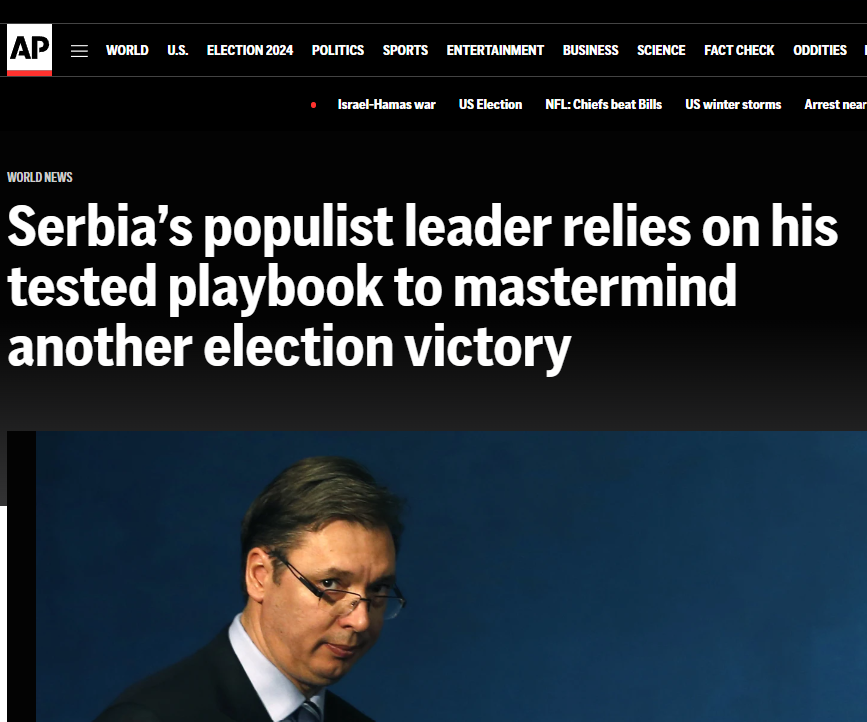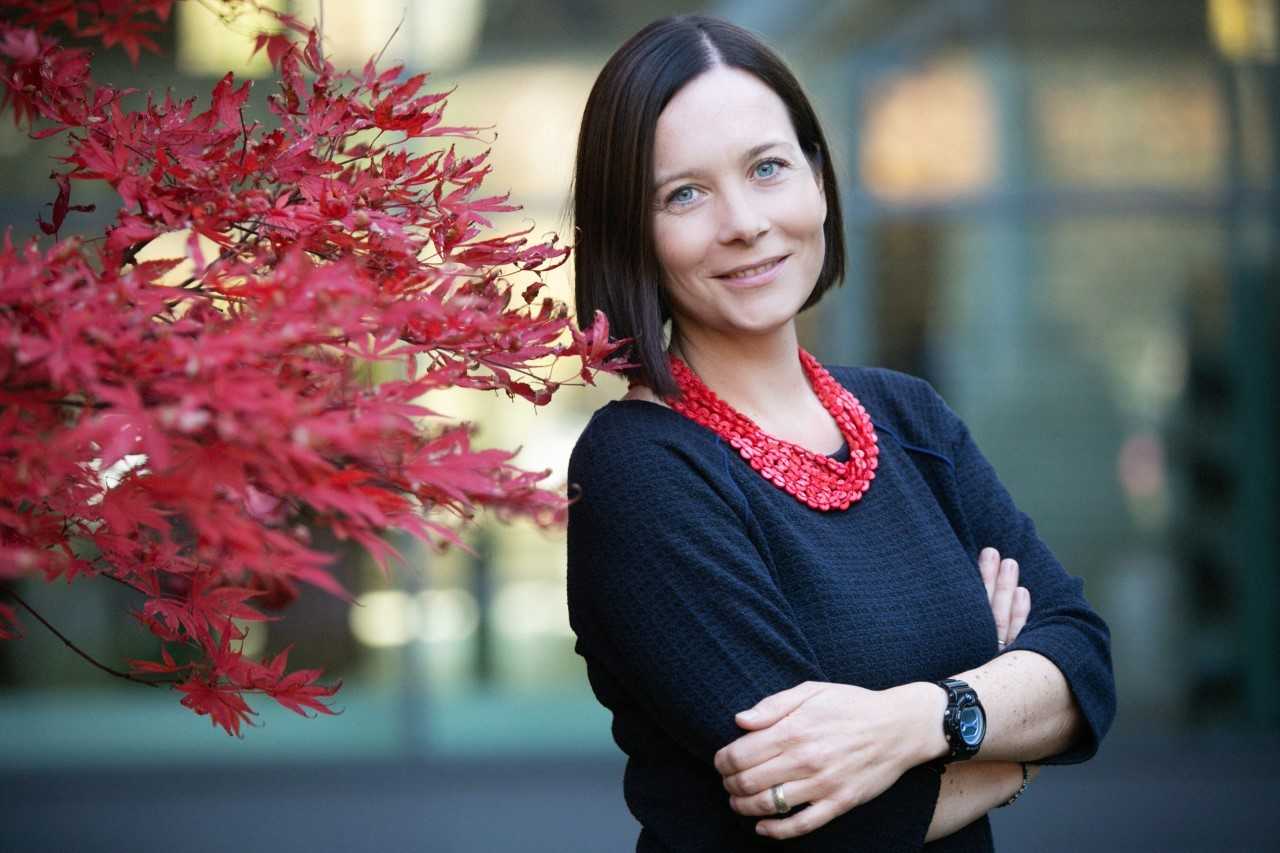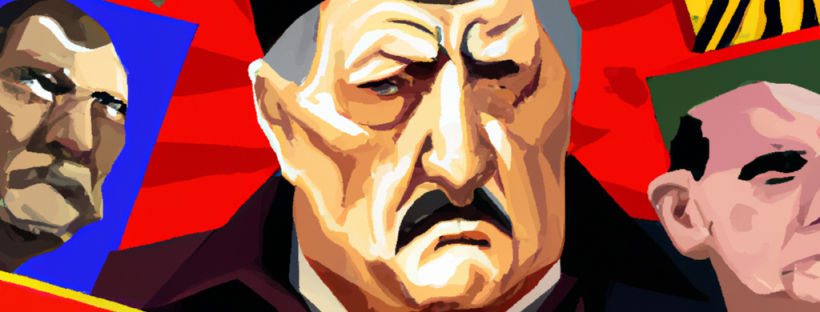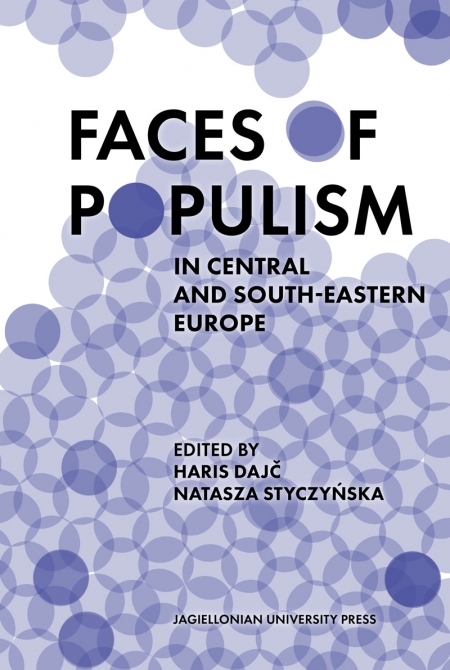Natasza Styczyńska presents a book about populism outside of Western Europe. This, per se, is already a very interesting premise because way too often we tend to conflate ‘European populism’ with just a few Western European countries, while this new volume describes the characteristics of populism in Central and South-Eastern Europe. Moreover, the volume offers a very interesting overview of the features that unite different populist manifestations across Poland, Hungary, Czechia, Serbia, Croatia, and Montenegro as well as the differences between several types of populisms in these countries. Natasza Styczyńska discusses the interactions between populism and phenomena such as Euroscepticism, religion, corruption, clientelism and oligarchic structures across Central and South-Eastern European countries, with an eye to the post-communist transition and the formation of ‘democratic illiberalism’.
Enjoy the read…
By examining the existing literature on populism, one can find that scholars tend to differentiate between populism in Eastern and Western Europe. Although this division is backed by empirical research, the question remains whether Eastern European populism is heterogenous. And what exactly do we have in mind when we use the term ‘Eastern Europe’?
Populism is a multifaceted and elusive concept that escapes classifications and challenges researchers with different faces and reincarnations as it is context- and history-specific. In the book Faces of Populism in Central and South-Eastern Europe, we asked authors to reflect on these specific features and shed light not only on the most known cases—such as Poland or Czechia—but also on less studied but emblematic cases observed in the post-Yugoslav countries. The book is the result of the cooperation between researchers involved in the H2020 project ‘Populist rebellion against modernity in 21st-century Eastern Europe: neo-traditionalism and neo-feudalism’ (POPREBEL) and also features chapters written by other experts working on the region.
Like many scholars before, we draw on Mudde’s definition of populism as a thin ideology that considers society to be ultimately separated into two homogenous and antagonistic groups: the ‘pure people’ and the ‘corrupt elite’. This Manichean dimension is especially visible in Central and Southeastern Europe where post- and pre-enlargement fatigue plays an important role in shaping public attitudes and political strategies. Post-communist transitions are complicated and long-lasting processes that bring confusion and insecurity to citizens. Political and economic reforms were fast but challenging and costly, both economically and socially. Since the new (re)born democracies were still fragile and far from institutionalised, corruption and oligarchic structures remained important parts of the socio-political landscape. European integration enjoyed support in most countries but it was not deliberated nor explained. This provided fertile ground for populists to occupy the mainstream of the political spectrum and influence public discourse.
By today, populists (in – or that have been in – government) in Poland, Hungary, Czechia and Serbia make the region distinct from the rest of Europe. While in power, populists who claim to represent the ‘pure people’ tend to search for ‘elites’ elsewhere – either on an international level (European Union, United States, other international organizations) or within the nation but outside of the chosen community (minorities, ideological opposition). Anti-Western and anti-EU sentiments fueled by nationalism and the political involvement of the Church resulted in ‘othering’ Europe and increasing Euroscepticism. The so-called ‘communist taboo’ resulted in a weak Left and has led to populism being predominantly the domain of the political Right. Both in Central Europe and the Balkans, these processes accompanied the creation (or institutionalization) of ‘democratic illiberalism’ and a building up of clientelist networks.
Despite the many similarities and shared origins of populist politics in the region, there is no one version of Eastern European populism – each is very context-specific and we should therefore speak about populisms rather than one unified phenomenon. In one of the chapters, Paulina Lenik, using European Social Survey data for Poland and Czechia confirms that populism has country-specific features and varies across political contexts even in countries with similar historical backgrounds.
Populist politics influence the future of the countries in the region both in bilateral relations and in the international arena. One of the areas in which populist policies are impactful is European integration, which is why populist Euroscepticism increasingly attracts scholarly attention. Together with Jan Meijer, we propose possible theoretical avenues of research about populism in the post-communist countries of Central and Eastern Europe. In a similar vein, Alexander Mesarovich zooms in on Serbia and Croatia and scrutinizes the conditions under which the confluence of populism and Euroscepticism impact EU accession processes and assesses the impact of populist policies on the countries’ international engagement.

AP News article about Aleksandar Vucic and his ambivalent relationship with the EU, here. As usual, notice how he is described just as ‘populist’, as if that was his main and most relevant characteristic.
The book reveals that populist identity politics used to satisfy (part) of the electorate, ‘othering’ the EU and ‘outsourcing’ the notion of the elite to the international (European) level is not only the case in Serbia but, as Agnieszka Sadecka and Joanna Orzechowska-Wacławska demonstrate, can also be the case in an existing EU member state such as Poland. Neo-traditionalism and the role of religion (both Catholic and Orthodox Christianity) are significant in the cases of Poland, Croatia, Serbia, Montenegro and Republika Srpska. For example, the notion of Slavic and Orthodox brotherhood between Serbs and Russians has been utilised by most political elites since the assassination of the first-ever democratically elected Prime Minister of Serbia, Zoran Djindjic, in 2003. Similarly, the myth of Poland as the ‘last-frontier’ and the true heart of Christian Europe strengthens the dichotomy between the ‘pure people’ and the corrupted (European) elite. In this vein, Milan Vukomanovic’s chapter explores how nationalist religious discourse and the advancement of an ethnocentric political theology have also been utilised as a populist mechanism by the current political elite in the former Yugoslavia.
As observed by scholars and journalists, populists in power tend to centralise control over the state economy too. Interestingly, in Central and Southeastern Europe, Russia uses energy as soft power and a tool of influence. Ognjen Radonjic explains how the neo-traditionalist narrative refers to Serbia’s historical, cultural and religious ties with Russia while the neo-feudalist narrative emphasises the traditionally close friendship of the Russian and the Serbian authorities as well as private relations between certain Russian and Serbian politicians. This has led Serbia to reach a highly probable situation of total energy instability and complete dependence on Russia.
The abovementioned cases are just the tip of the iceberg of regional phenomena. Therefore, we would like Faces of Populism to be a first step in the academic discussion about specific features of populism in post-communist countries where historical legacies mix with the aftermath of old regimes, contemporary geopolitics and international relations.

Dr Natasza Styczyńska is an Assistant Professor at the Institute of European Studies of the Jagiellonian University in Kraków (Poland). Her academic interests include party politics, nationalism, populism and Euroscepticism in Central and Eastern Europe and the Balkans. She leads JU team in H2020 REGROUP Rebuilding Governance and Resilience out of the Pandemic research project and is a director of studies of Una Europa Joint BA in European Studies at Jagiellonian. Previously she has been engaged in research within two H2020 projects: ‘POPREBEL -Populist rebellion against modernity in 21st-century Eastern Europe: neo-traditionalism and neo-feudalism’ (2019-2022) and ‘EU3D – EU Differentiation, Dominance and Democracy’ (2019-2023).


